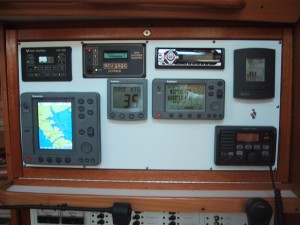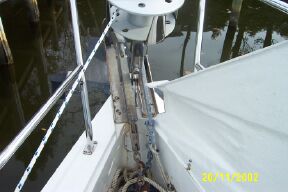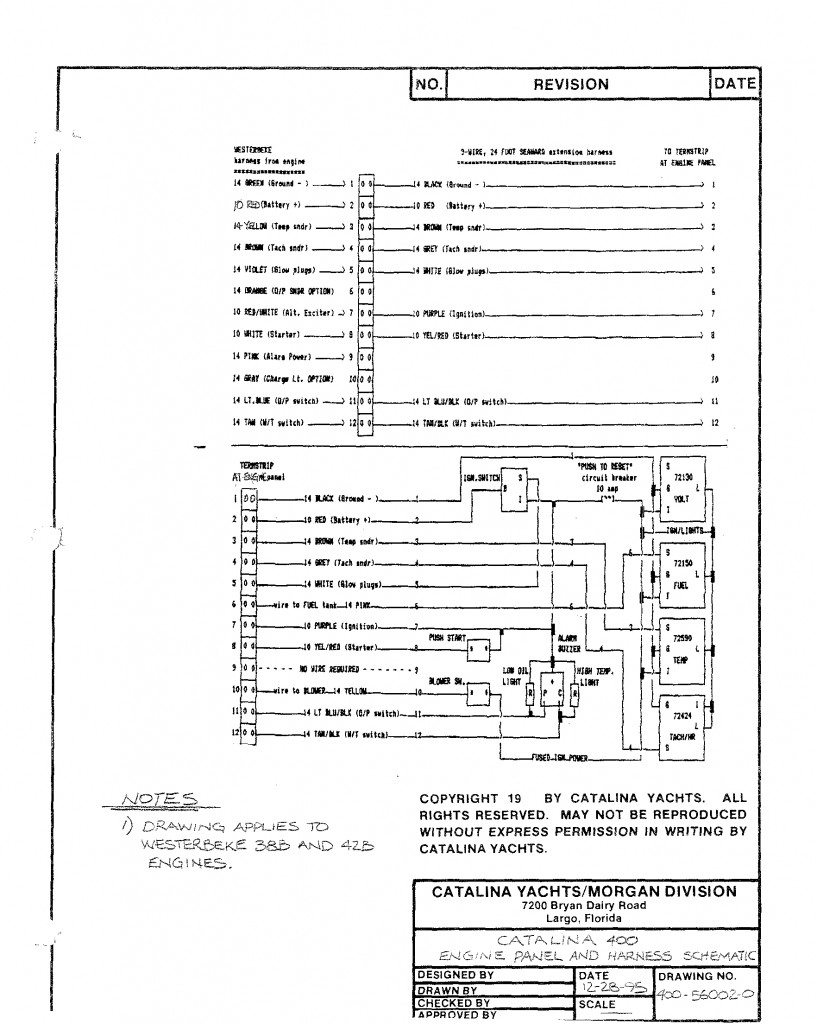Basic “Go-Fasts” For The C380
Steve Dublin
5/1/2004
Hull #: 84
We’ve found our C-380, “Caretta” (hull # 84), to be a very able club racer, particularly in offshore events. When her skipper and crew are reasonably attentive, she can sail to her 120 PHRF rating.
The stock Catalina 380 comes well fitted out with sail handling gear. However, there are some basic “go fasts” (racing equipment), which can be easily added, to help the boat sail her to her full potential. I’ve described a few of these “go fasts” below along with some installation tips learned the hard way:
Adjustable Backstay
The C-380 does not have a “bendy” rig. However, a pincer block assembly (Photo 3), connected to a 4 to 1 block & tackle, will allow you to tighten the forestay and point a little higher in moderate sea conditions. You don’t have to drill any holes for
You need to be logged in to see the rest of this content. Catalina380-IA members, please login.
To join please fill out a membership application (Association->Membership Application) and send a check to the address on the form.




